6. Chronopolis (1983, Poland)
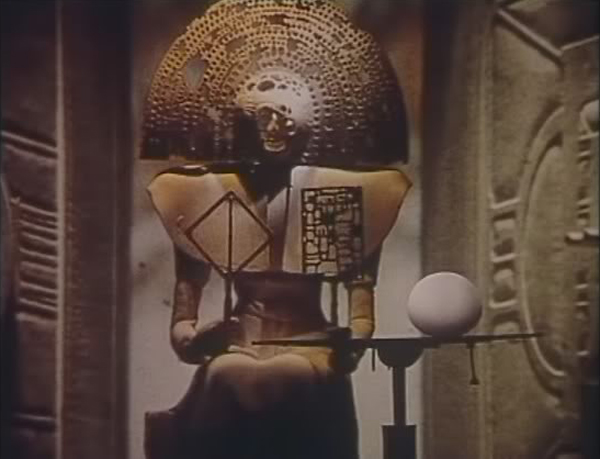
Set in an unclear future, ancestral and immortal beings live in a floating city, playing joyless pastimes with their sophisticated wands and mysterious technologies, by warping elements and time. Among its cryptic and dreamlike imagery, the creatures create amidst an automated-like laboratory a ball-shaped element, that once set free, engages with a nearby ‘explorer’ – forming some sort of playful bond that the creatures seem unable to comprehend, leading them to an apparent dismal.
Filmed with a rapid and engaging stop-motion technique, developed over five years and presented in 1982 at the Cannes Film Festival, it is the first and last long length feature of Polish director Piotr Kalmer – expert of bizarre imagery, developed with manual and artisan techniques for over 20 years of short films.
The music is also notable, an original score composed by renewed experimental French musician Luc Ferrari, which undoubtedly contributes to the surreal atmosphere of the “City of Time” (Chronos+Polis).
7. The Black Cauldron (1985, USA)
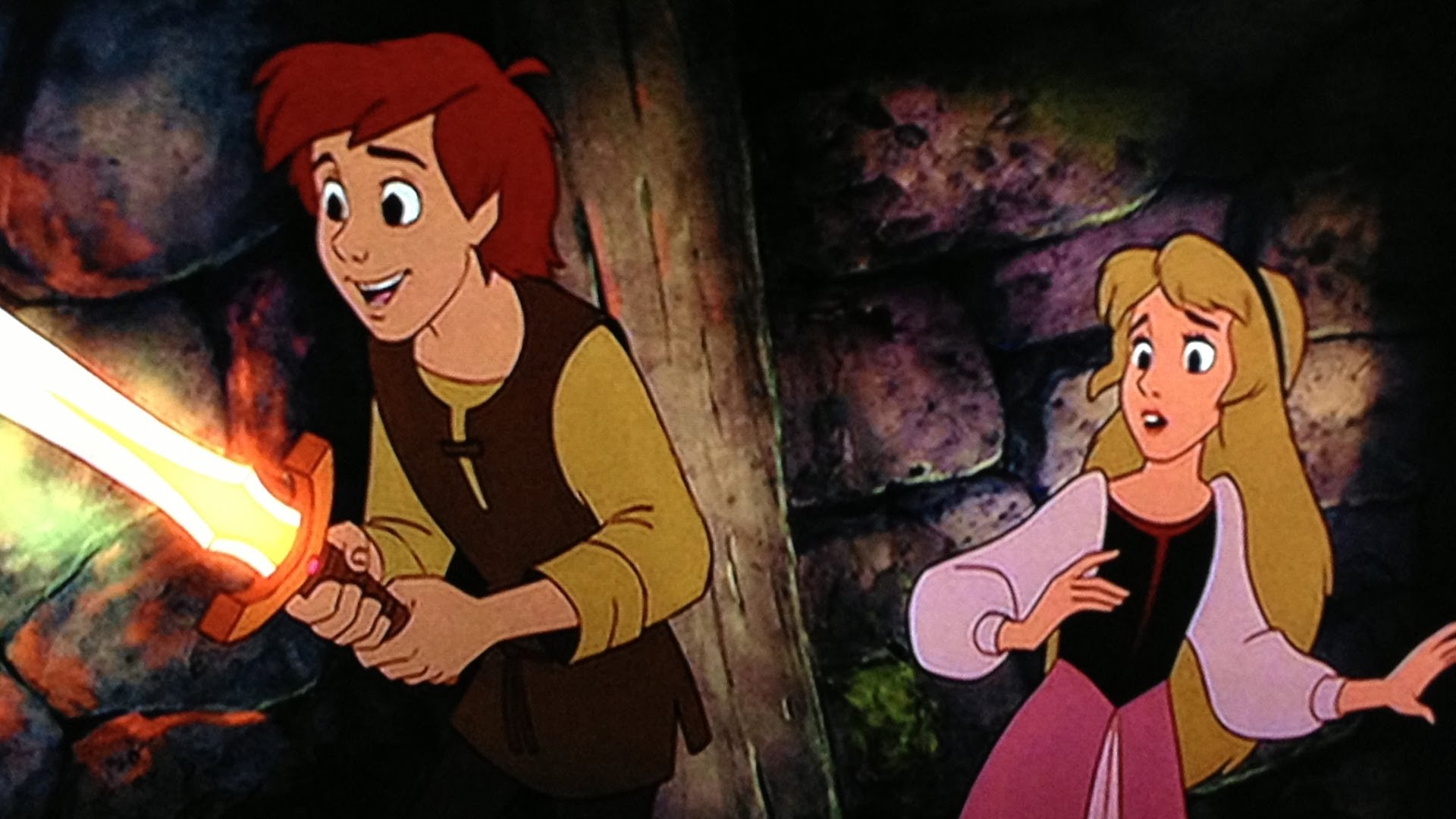
Seeking power, the evil Horned King seeks out the pig Hen Wen, who possesses the oracular power to find the whereabouts of the mysterious Black Cauldron – which Taron, a humble but ambitious “pig-keeper,” will try to defend and save the world.
Costing over $25 million in five years of admirable production – with even some experimental CGI – the movie is a somewhat failed attempt of animating with dark tones (is that blood, attempted torture, and beheading on a Disney movie?). “The Black Cauldron” is indeed a cauldron of genres and tales – too dark for kids, too infantile for adults – clichéd and sweet at the same time. It’s not clear who the audience is, but it is a nonetheless watchable attempt – well-drawn and chilling. Makes one wonder why, with a Frodo-like character, and Gollum-like shoulder, a Sauron/Saruman antagonist… did Disney never attempt their version of “The Lord of the Rings?”
8. Gwen, or the Book of Sand (1985, France)
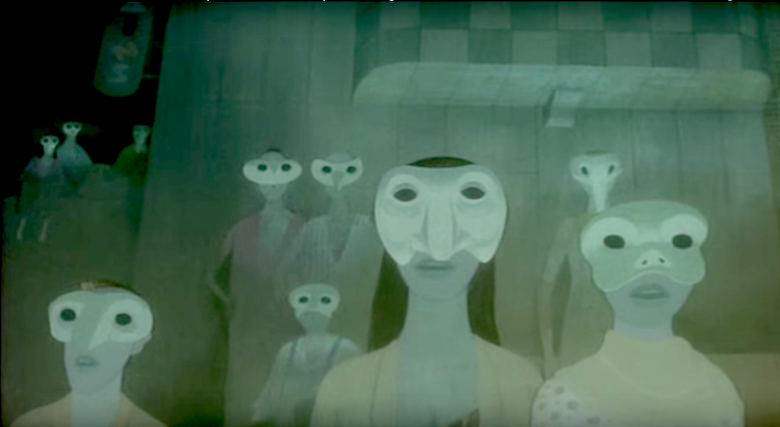
Set “somewhere” and in an uncertain “some time” (time and place do have some sort of revelation), this fulfilling and fascinating tale brings us to a nomadic tribe living in the desert. During one of their elaborate hunts (mesmerizing is their use of a trapezoid form of transport) they find and adopt a lost girl, Gwen, who reveals herself quite immediately reluctant to the tribe’s customs. At night, while the tribe hides among caves in apparent ‘irrational’ fear of the moon, she flees with another boy falling in love, only to have him kidnapped by a mysterious light… and begins a quest to find him.
Filled with mysterious and metaphysical imaginary – hand-painted on paper and shot on a 35 mm rostrum camera – Gwen’s expedition, along with the narrating grandmother of the kidnapped boy, constitutes indeed in a spiritual journey that nonetheless does pick up a truly subtle critique of religious dogmatism, along with – as somewhat mandatory (but never banal) in the 80s – a subtle environmental (post-apocalyptic?) critique. It makes some sense in the end, it just takes time to realize it.
9. When the Wind Blows (1986, UK)
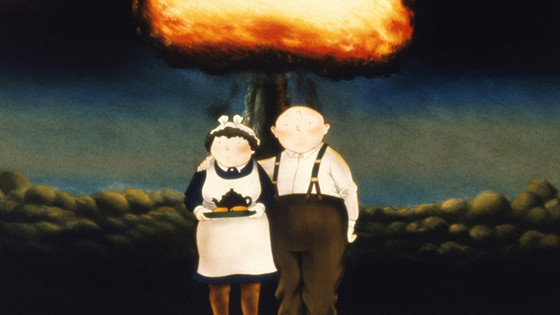
Warned by the imminence of an atomic bombing, a naive elderly couple prepares their country cottage turning it into a clumsy ‘state approved’ shelter. Yet, following all the meticulous instructions (from water supply to specific angling of the protecting door placed in the sitting room), the absurdity of the government’s recommendations (inspired by the true Protect and Survive pamphlets) becomes more and more ridiculous, before a truly depressing apocalyptic and death-filled aftermath.
Many are the fascinating elements of this (very) dark comedy: based on a well-known comic by Raymond Briggs and filmed by the Anglo-Japanese Jimmy T. Murakami, who integrated a suggestive bi-dimensional animation with tri-dimensional backgrounds, along with live-action cuts and stock footage. Let’s not forget that even the title song is played by David Bowie, along with Roger Waters original music, contributing in a truly demanding but valuable viewing.
10. Cat City (1986, Hungary)
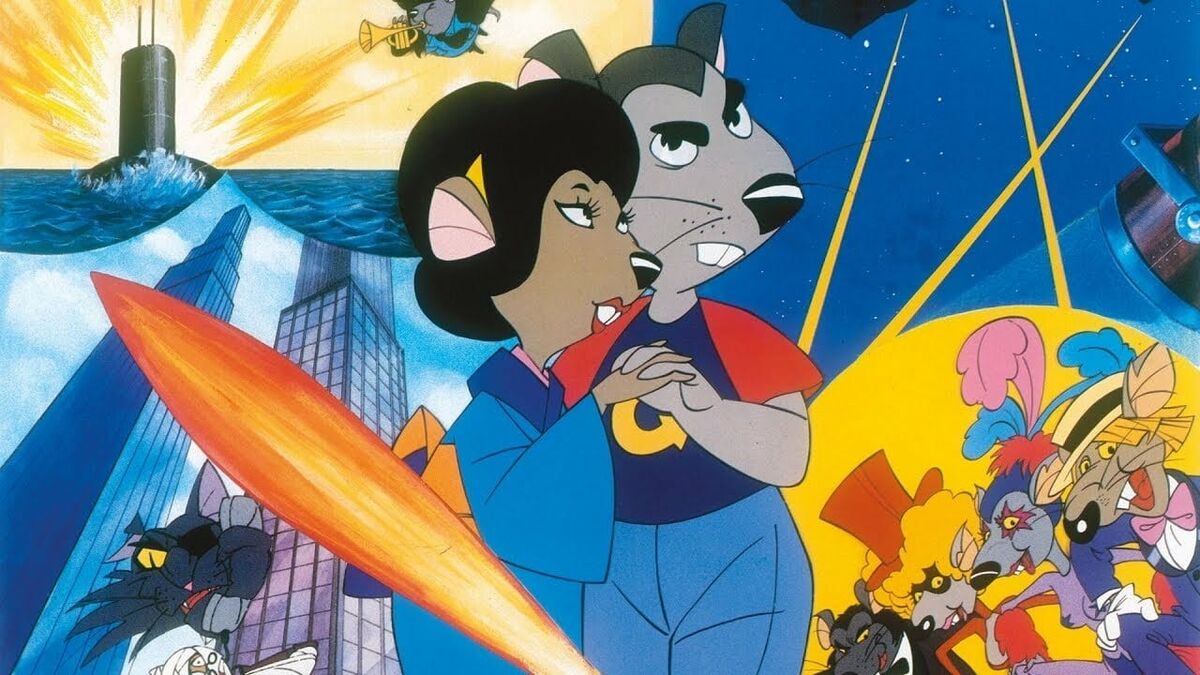
In an uncertain Mouse future, cats and mice continue their epochal triad with international spying schemes, filled with cat-led criminal gangs, scientists, assassins and undercover James Bond-like mice heroes.
An apparent parody of Anglo-American spy movies, yet one may wonder how available they were behind the Soviet bloc. And thus perhaps this is rather an ironic take on the adventures the East Europeans dreamed of – taking place in ‘Planet X’.
What is certain is that ”Cat City” (known in Hungarian as Macskafogó (Cat Catcher) is another Eastern European animation worth watching; it was allegedly a benchmark of the Hungarian school, coming close to becoming an Oscar hit, only to be left out. Perhaps, as one critique noticed, the dispute among mice and cats appeared somewhat too controversial, too similar to the edgy Iron Curtain dynamics. Since then, it has been reduced to an (international) cult status – yet again, is it a defect? Nevertheless, now and again we come across smart, ambitious, and truly entertaining animated movies, overwhelmed in what possibly is an undisputed monopoly by Disney of anything animated.